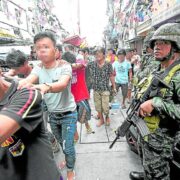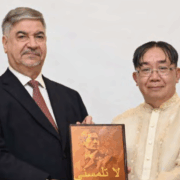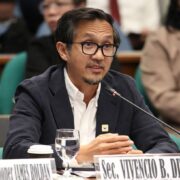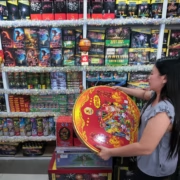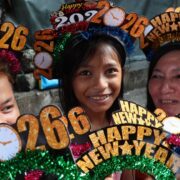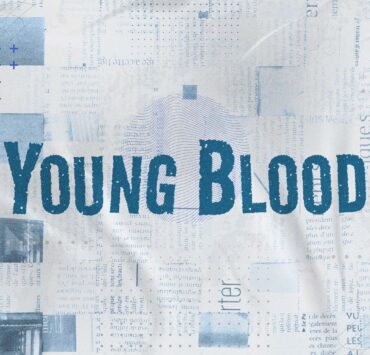Indigenous peoples’ representation and AI

Can the Philippines’ indigenous peoples speak? Literally, of course, they can. But in a society that still treats them as savages or second-class citizens, can they truly ascend podiums of national significance and speak freely like their lowland brethren?
Readers of decolonization would recognize the opening sentence as a play on Gayatri Spivak’s essay “Can the Subaltern Speak?” where she shows how marginalized sectors—the subaltern—are often denied the opportunity to speak for themselves. Perhaps with good intentions, Western-educated intellectuals assume this role for themselves and present the views of indigenous peoples through their own ideological lenses, translating their messages or speaking for them outright.
Yet, this is precisely the issue that hounds indigenous peoples, keeping them from assuming a greater role in their own self-determination. More often than not, so-called academic experts and journalists think that speaking for the marginalized is enough to bring attention to their plight. They fail to understand that what they offer are fragments, given the highly compartmentalized nature of scientific knowledge. Indigenous knowledge, on the other hand, is holistic, grounded in centuries-old experience living off the land and water. Hence, only indigenous peoples can truly speak for themselves—their concerns, problems, desires, and aspirations. They need no filtering, translation, or representation by outsiders.
As an indigenous person from the Tuwali ethnolinguistic group of Ifugao, this brings me to a concern, especially in light of the recent celebration of the “International Day of the World’s Indigenous Peoples” on Aug. 9. Again, perhaps showing the relative marginality of indigenous peoples in national mainstream discourse, there was not much attention given either to us or to the theme: “Indigenous Peoples and AI: Defending Rights, Shaping Futures.”
The strength of artificial intelligence lies in rapid machine learning and duplication. Unfortunately, that is also where its dangers lie. For many of us, indigenous peoples who make a living in the few remaining forests of the country, the arrival of AI may worsen already challenging conditions due to continued deforestation, commercialization of agriculture, invasive species, and global heating. Ifugao, for instance, is experiencing food desertification at a rapid pace. The rice terraces—formerly rich and diverse sources of healthy and nutritious foods such as heirloom rice, fish, snails, insects, birds, and vegetables—have all but turned into mere production areas for hybrid rice and commercial vegetables. For our small-scale farmers, AI may add to their worries, as the combination of AI, drones, and supply chains may drive them out of the market. Meanwhile, those engaged in the production of traditional crafts like weaving, sculpture, and beadwork may face stiff competition from unscrupulous traders who can simply copy Indigenous designs and motifs and mass-produce them through 3D printing. Additionally, indigenous peoples may also be widely misrepresented in images churned out by multiple AI platforms.
As an indigenous person, I have seen how the promotion of commercial agriculture has progressively eroded our agroecological practices. Hybrid rice and commercial vegetables require regular application of pesticides, herbicides, fungicides, and inorganic fertilizers, which alongside invasive species, have led to the decimation of various flora and fauna and the impoverishment of the soil. In view of the threat from AI, the government needs to support farmers with subsidies, especially those who wish to transition back to heirloom rice varieties. Traveling around Ifugao, I have found that there is actually a substantial number of farmers who wish to plant heirloom rice in all their fields or alongside hybrid varieties. Subsidies are needed since the transition period is characterized by low initial yield and various other challenges, which require direct financial or material assistance such as rice provisions or through existing government programs like Tulong Panghanapbuhay sa Ating Disadvantaged/Displaced Workers for labor. There exists a market for organic heirloom rice from the Unesco World Heritage Sites, which still has to be optimized. A collaboration between Indigenous farmers, the government, and nongovernment entities could enhance it.
Certification of product origin can also help prevent the shuttering of home-based crafts due to the entry of cheap knockoffs. Again, similar to the promotion of organic heirloom rice, this would require a holistic approach involving farmers and/or their organizations, government, and the private sector. Misrepresentation on social media may be addressed through close collaboration among indigenous peoples and relevant government agencies.
Proposed solutions will require collaborative and sustained efforts between and among multiple stakeholders. Yet again, care must be taken so that in these gatherings of minds and hearts, in the formulation of plans, and in their actualization, it is the indigenous who speak.
—————-
Armand Nicod-am Camhol hails from Maggok, Hungduan, Ifugao. He belongs to the Ipakawol subgroup of the Tuwali, one of the several ethnolinguistic groups in Ifugao, the builders of the rice terraces, Unesco World Heritage Sites. He is currently a Ph.D. candidate at National Chengchi University in Taipei, Taiwan.




